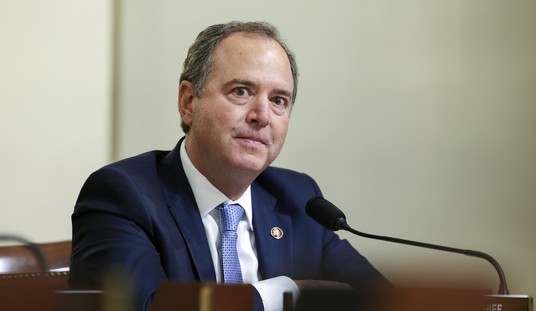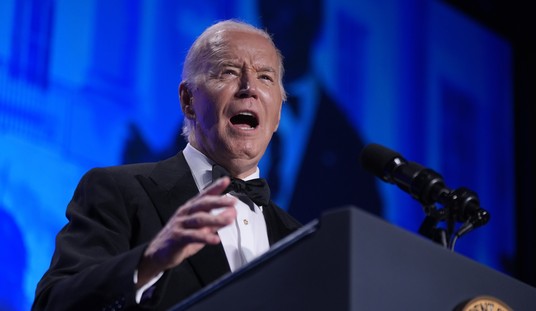he conventional wisdom says that corporate welfare is the exclusive province of Republicans, always eager to do the bidding of their corporate donors. And, indeed, there are far too many examples of Republicans confusing “free markets” with “good for business.”
Still, there are more than enough examples to show that corporate welfare is a bipartisan sin. The Export-Import Bank? It’s backed by such “populist” Democrats as Senators Elizabeth Warren (Mass.) and Sherrod Brown (Ohio). More Democrats than Republicans support sugar subsidies and programs like the Market Access Program, which subsidizes overseas marketing and promotional activities for agricultural companies and trade associations.
But to see corporate welfare at its most insidious, one need look no further than Obamacare.
President Obama may have indulged the fantasy of himself as lone champion of consumers, standing up to evil Republican-allied insurance companies. But, in reality, Obamacare was a deal between the administration and insurers from the very beginning. In fact, a recent House Oversight Committee report details the close cooperation between White House adviser Valerie Jarrett and insurance-company executives.
This should not be a big surprise. One can go all the way back to Hillarycare in the 1990s, when the Big Five insurance companies at the time (Travelers, Aetna, Cigna, Metropolitan Life, and Prudential, in addition to Blue Cross/Blue Shield plans) were part of the secret White House task force that helped Clinton draft her version of government-run health care.
Recommended
To see the outlines of the deal that President Obama cut, look no further than the individual mandate. Insurers would accept additional regulation, but in exchange would be guaranteed millions of new customers. After all, what business would not like the government to require consumers to buy its products? If that wasn’t enough to make insurance bigwigs smile, Obamacare would even provide subsidies to help people buy their products.
So far, insurers have done very well under Obamacare. Most of the major insurance companies have seen their stocks rise more than 100 percent since 2010, significantly outperforming the market as a whole.
Now the administration is tying itself in knots in an attempt to make absolutely certain that insurers don’t lose money because of Obamacare.
The latest dustup has to do with a provision of the health-care law referring to “risk corridors.” To make a complex actuarial concept simple: Risk corridors are essentially a mechanism to reimburse insurance companies for losses suffered because too many sick people enrolled in their plans. In the absence of such payments, insurers would likely set their premiums higher in order to make sure that revenue was sufficient to pay expected claims. The Obama administration, though, wanted to encourage insurers to keep their premiums artificially low. The answer was risk corridors. In a sort of insurance-company socialism, companies that priced their plans too high, and therefore made “excessive” profits, would have to pay, and companies that priced their policies too low, and therefore lost money, would be reimbursed.
Unfortunately, as with so much of Obamacare, the theory and what the law actually says are in conflict. Specifically, the law doesn’t actually appropriate any funds for payment to the insurers. But as we’ve learned by now, the administration hardly feels bound by what the law says. First, the Department of Health and Human Services considered setting up a revolving fund, using the designated payments from insurers. The effort was stymied when the Congressional Research Service determined that there was not sufficient legislative authority to create the fund. Undaunted, the administration simply reclassified the insurance-company payments as user fees, since the catchall spending bill passed last January gave it the authority to collect user fees and keep the fees available for use through FY2019.
The problem hasn’t gone away, however. While the bill authorized the Centers for Medicare and Medicaid Services (CMS) to keep those user fees available through 2019, it authorized the fees to be collected only in FY2014 (ironically, a year in which there were no fees to be collected or payouts to be made). The Government Accountability Office says that if CMS is to collect fees and make payments next year, when the government is actually expected to have to pay insurers, there will have to be specific authorization in this year’s spending bill, whether it is a consolidated appropriations bill or another continuing resolution.
The current stopgap continuing resolution expires on December 11, leaving it to a lame-duck Congress whether to renew authority for this insurance-company bailout. Senator Marco Rubio and House Speaker John Boehner have raised objections, but it’s uncertain what Congress will do.
If Congress does authorize the risk corridors, it will be yet more evidence that, when it comes to corporate welfare, bipartisanship still reigns.
This article appeared on National Review

























Join the conversation as a VIP Member